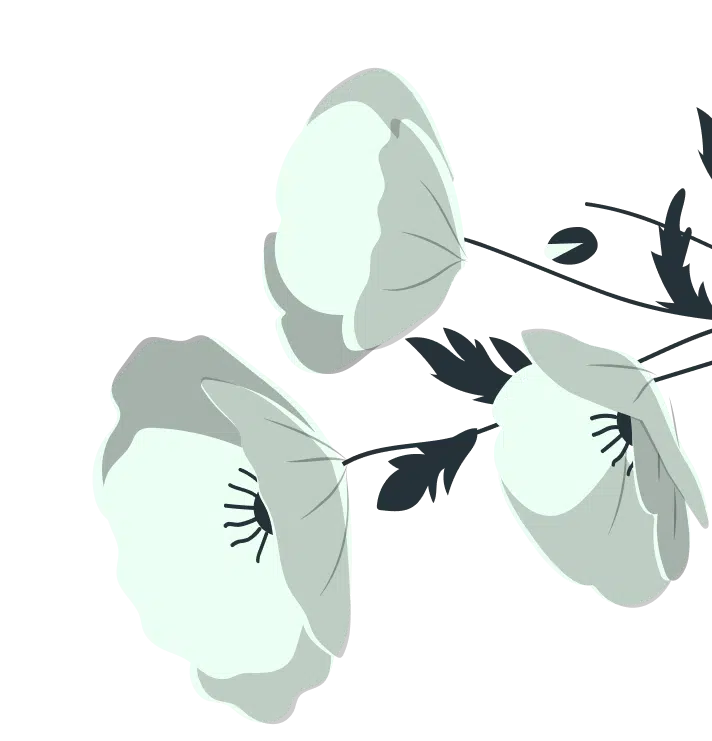You know that feeling when your words get stuck or your voice doesn’t feel like your own? I’ve felt that too.
If you’re holding back, carrying tension in your neck, or just want to speak with more confidence, practicing throat chakra yoga poses can really help.
You’ll find gentle movements, mindful breathing, and simple steps to release what’s stuck and reconnect with your voice.
Every pose in this practice is designed to support expression and truth from the inside out. Want to feel more open, heard, and steady in your speech? Let’s begin.
Overview of Vishuddha (Throat Chakra)
The throat chakra, or Vishuddha, is the fifth energy center in the body. The word “Vishuddha” means purification, pointing to its role in clearing blocked expression and truth.
It’s located at the base of the throat and is linked to the thyroid, vocal cords, jaw, and neck. The element for this chakra is ether, or space, which reflects openness and sound.
Its color is blue, and the associated mantra is HAM. A balanced Vishuddha supports honest speech, confident communication, and the ability to listen with care.
Follow This Throat Chakra Yoga Poses
A gentle 20–25 minute practice that balances the throat chakra using movement, breath, sound, and focused awareness.
Warm-Up (3–5 minutes)
Ease into your practice by gently warming up the neck, shoulders, and breath to release surface tension and prepare the throat chakra.
1. Neck Rolls 3 slow rounds each direction
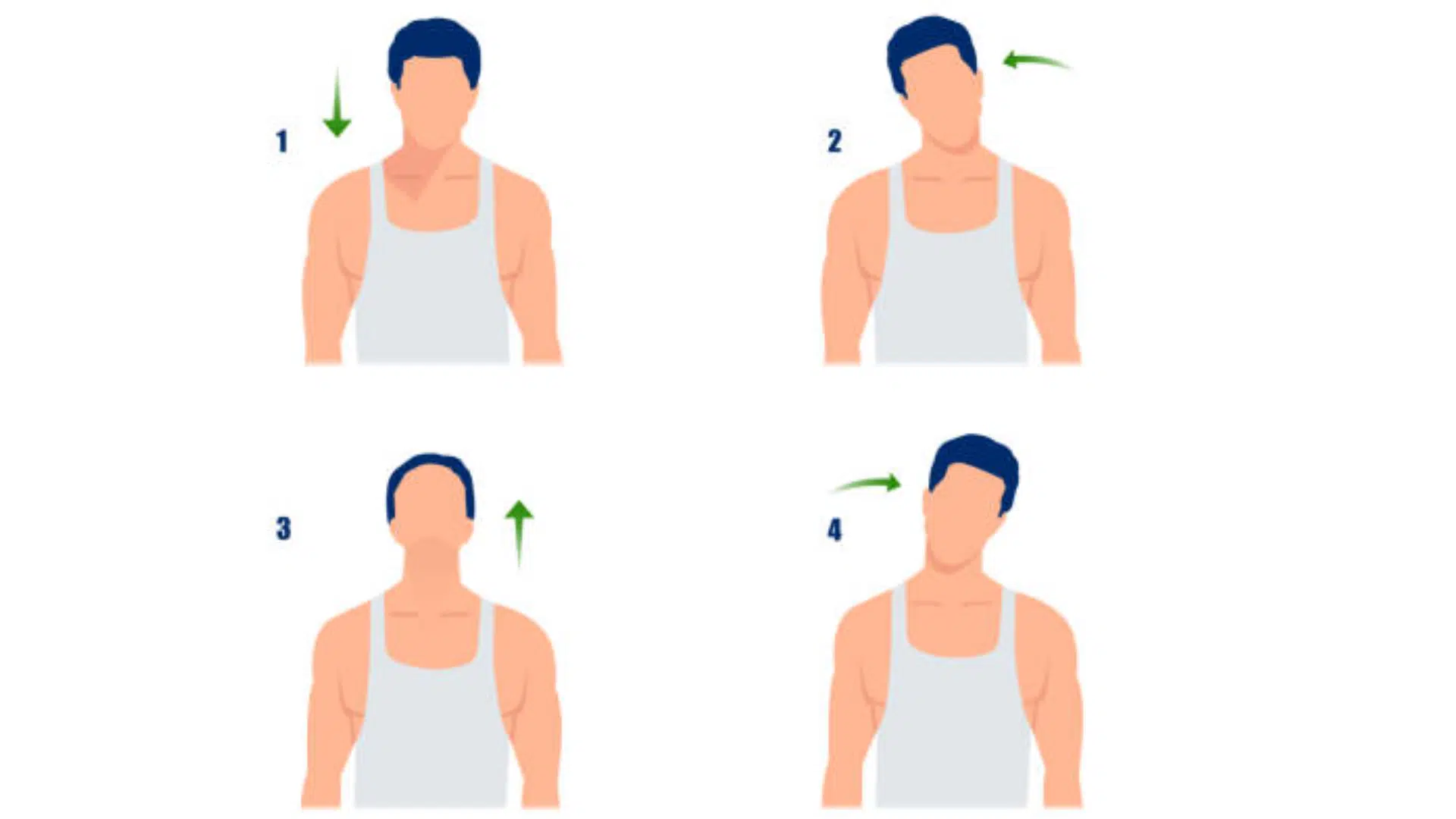

This simple movement helps loosen the muscles around your neck and jaw. Roll your head in a full circle to the right, then to the left, with slow, steady breathing.
Focus on any tight spots and stay soft. This gentle roll prepares the area around the throat chakra for deeper work.
2. Shoulder Shrugs 5 slow reps
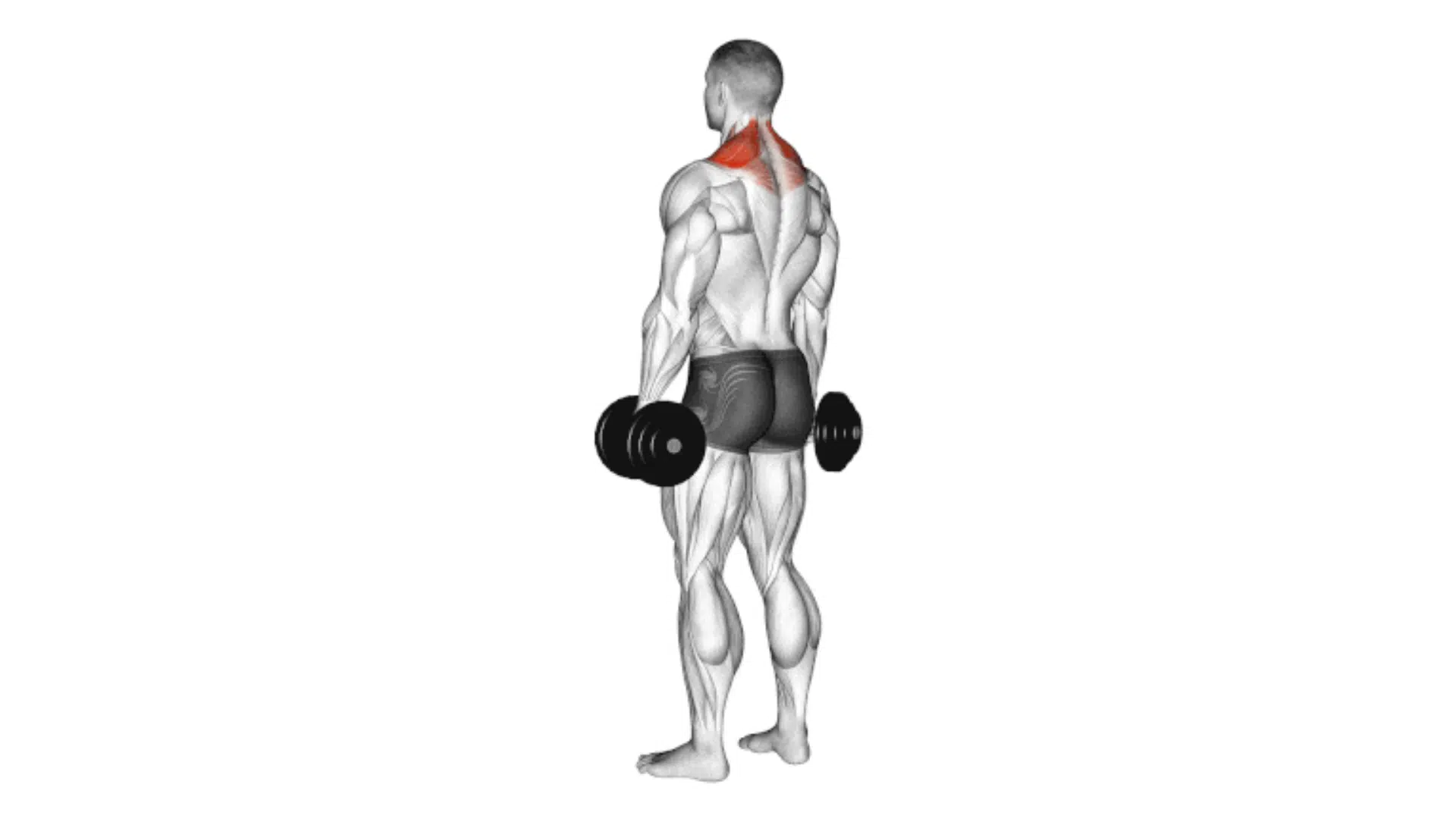

Lift your shoulders up toward your ears, then drop them on the exhale. Shrug slowly, matching the motion with breath.
This helps release tension in the upper back and neck area, which often holds emotional stress. After five rounds, pause and take a few calming breaths to feel the effect.
3. Seated Breathwork with Blue Light Visualization 5 deep breaths
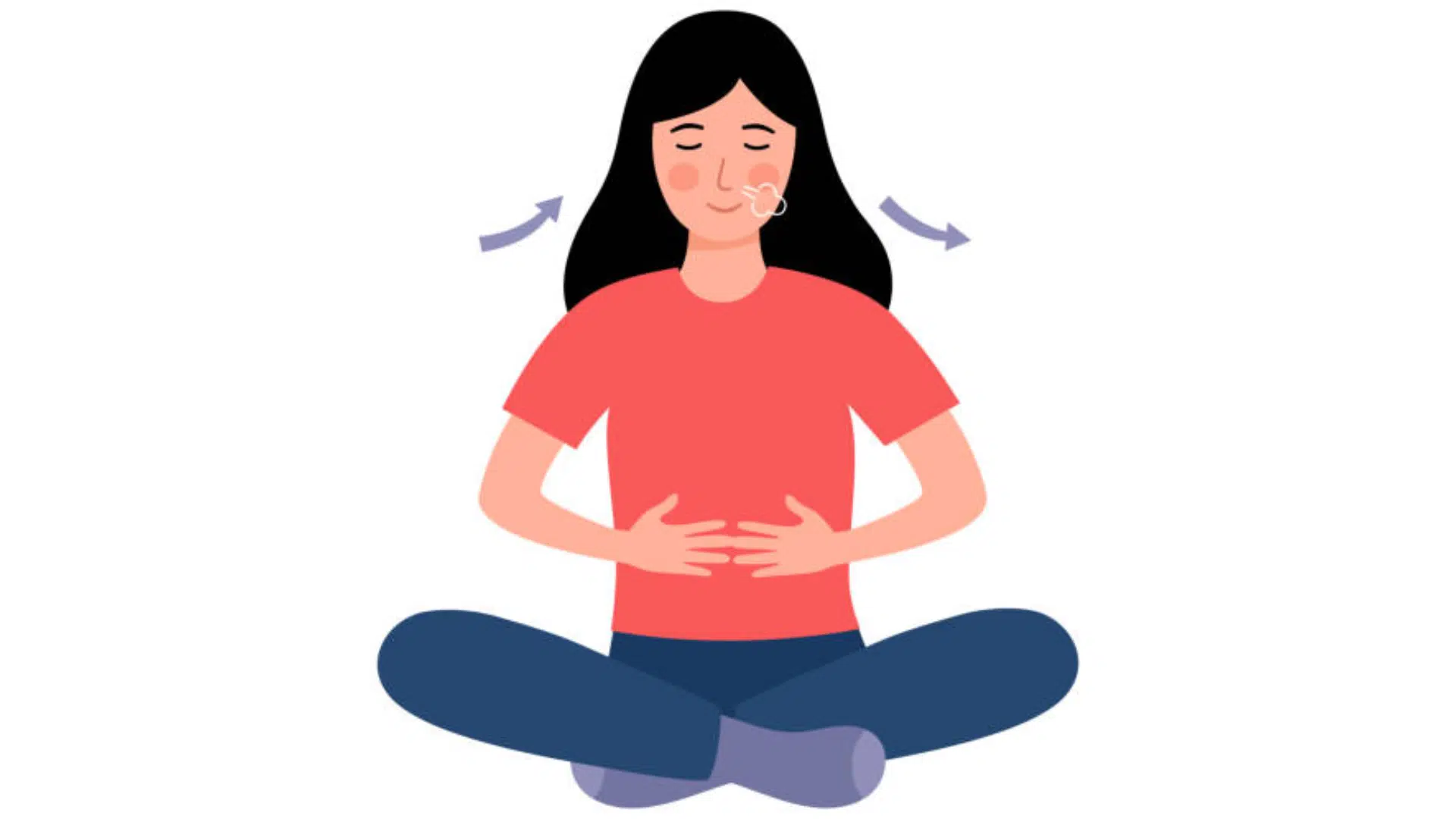

Sit comfortably, close your eyes, and breathe deeply. As you inhale, picture a soft blue light filling your throat. As you exhale, let your shoulders relax and your jaw release.
This visualization helps connect your breath and awareness directly to the Vishuddha energy center.
Transition: From your seat, gently roll forward into tabletop position for the next pose.
Key Activating Poses (12–15 minutes)
These poses stimulate the throat, chest, and surrounding glands to promote vocal clarity and energy balance.
4. Cat-Cow with Lion’s Breath 1 minute
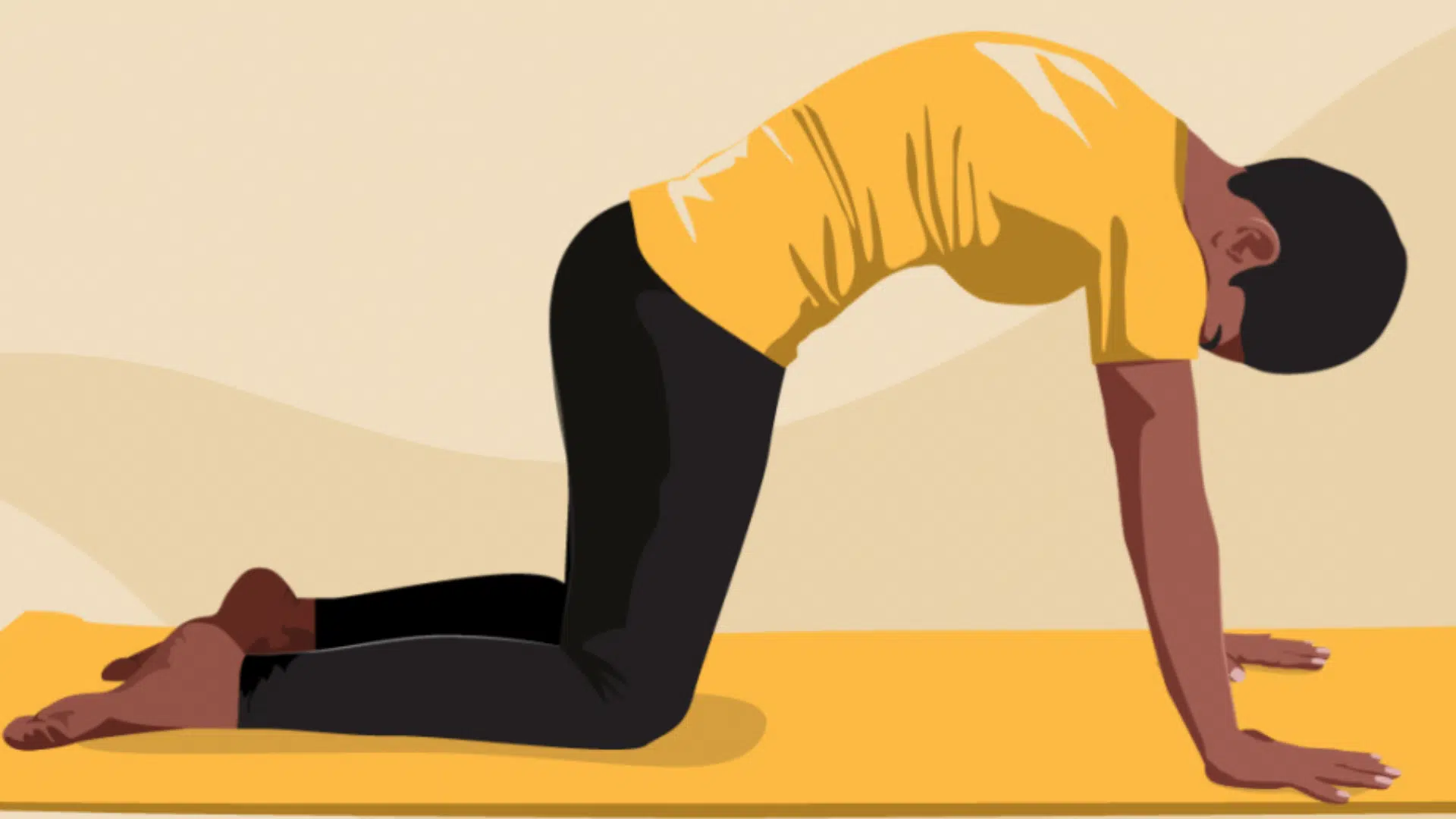

Begin with a tabletop. Inhale into Cow by lifting your head and tailbone. Exhale into Cat while rounding your back, and release a strong “ha” sound with your tongue out.
This activates your vocal space and helps you let go of stored tension. Move slowly and repeat for one full minute.
Transition: Sit back on your heels for a moment, then lie down on your back.
5. Fish Pose (Matsyasana) 3–5 breaths
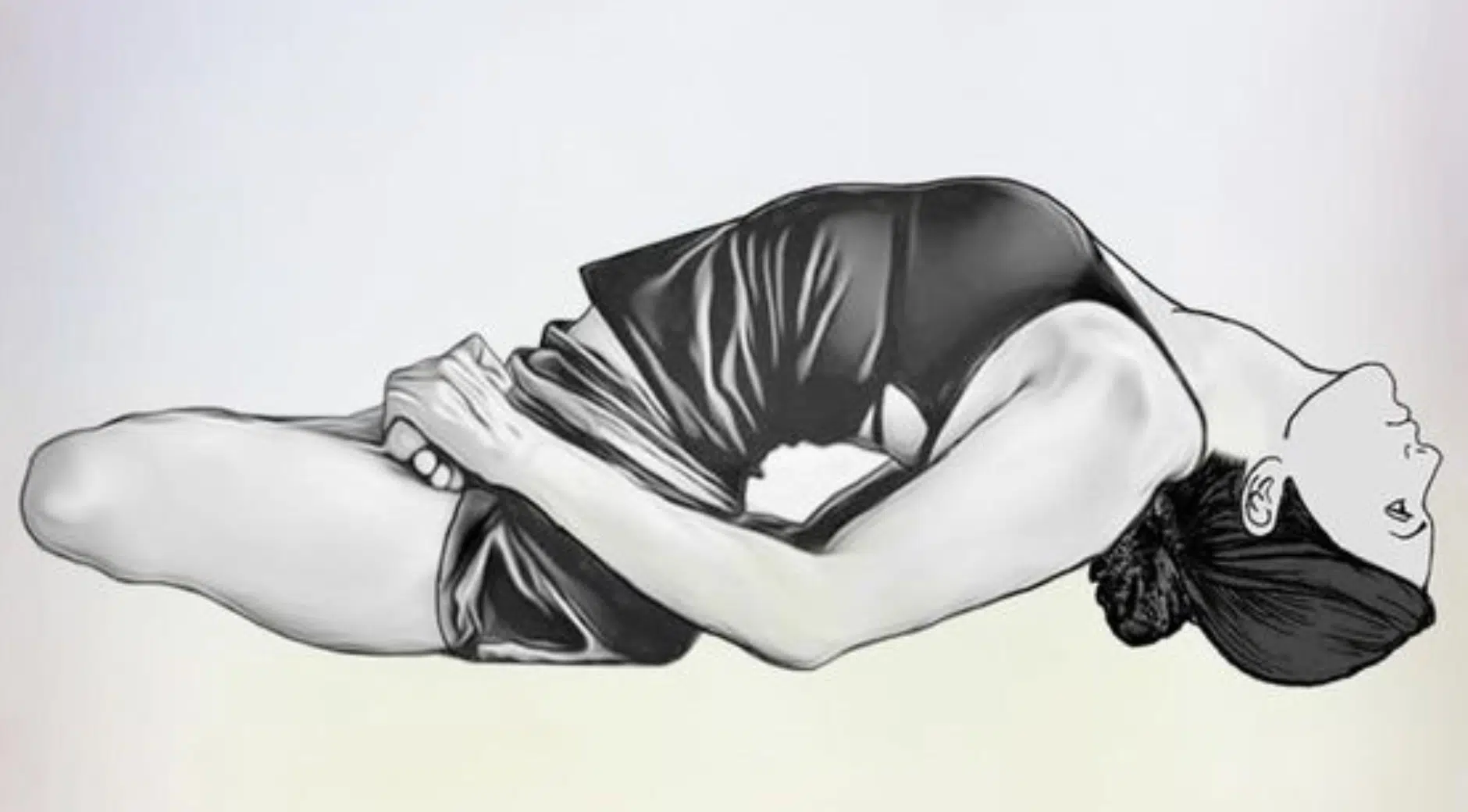

Lie back and lift your chest while gently dropping your head back. This opens your throat and stretches the front of your neck. Let your breath move freely through the chest and throat space. Keep your legs active and breathe calmly for a few deep rounds.
Transition: Roll to your side and return to a neutral lying position.
6. Supported Shoulderstand (Salamba Sarvangasana) 30–60 seconds
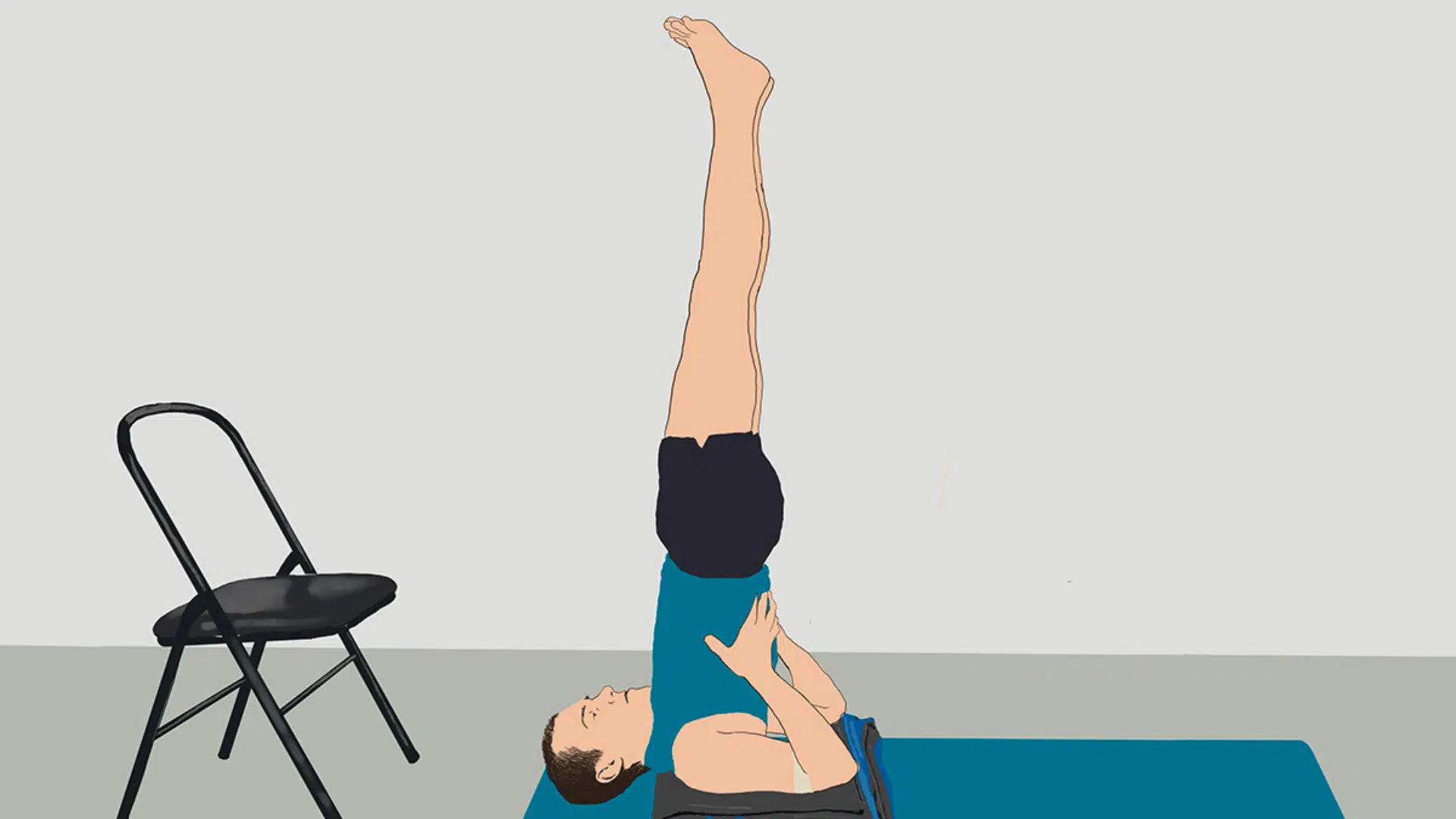

Lift your legs overhead and support your lower back with your hands. Keep your neck soft and your breath even. This inversion moves blood toward the throat and may help stimulate thyroid function. Only stay as long as it feels safe and stable.
Transition: Slowly lower your legs into Plough Pose.
7. Plough Pose (Halasana) 5 breaths
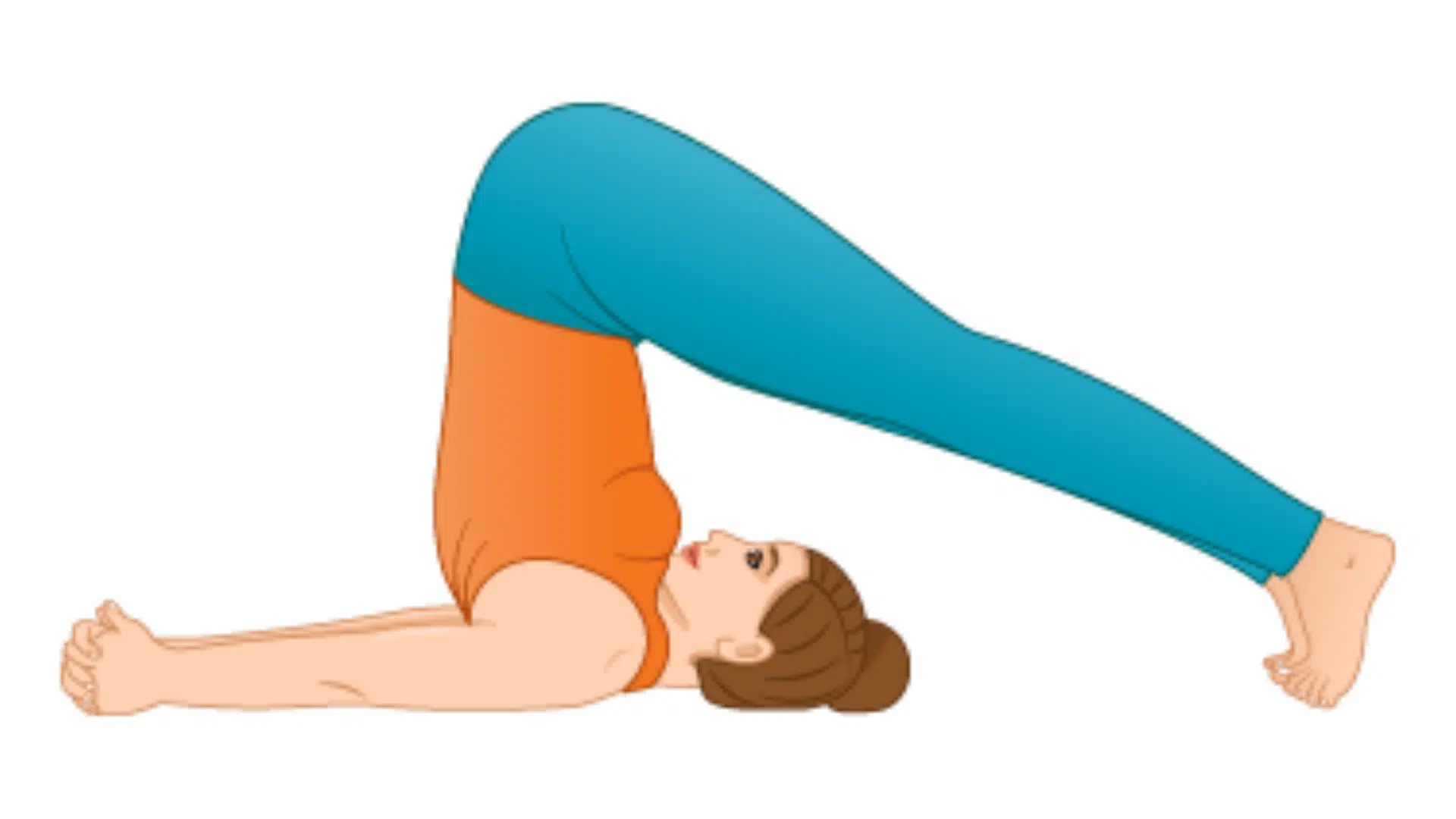

Let your feet move behind your head, resting on the floor or blocks. This position gently compresses the throat and releases the back of the neck.
Breathe calmly. Avoid turning your head. Feel the internal quiet build with each breath.
Transition: Roll out slowly, one vertebra at a time.
8. Bridge Pose (Setu Bandhasana) 5–7 breaths
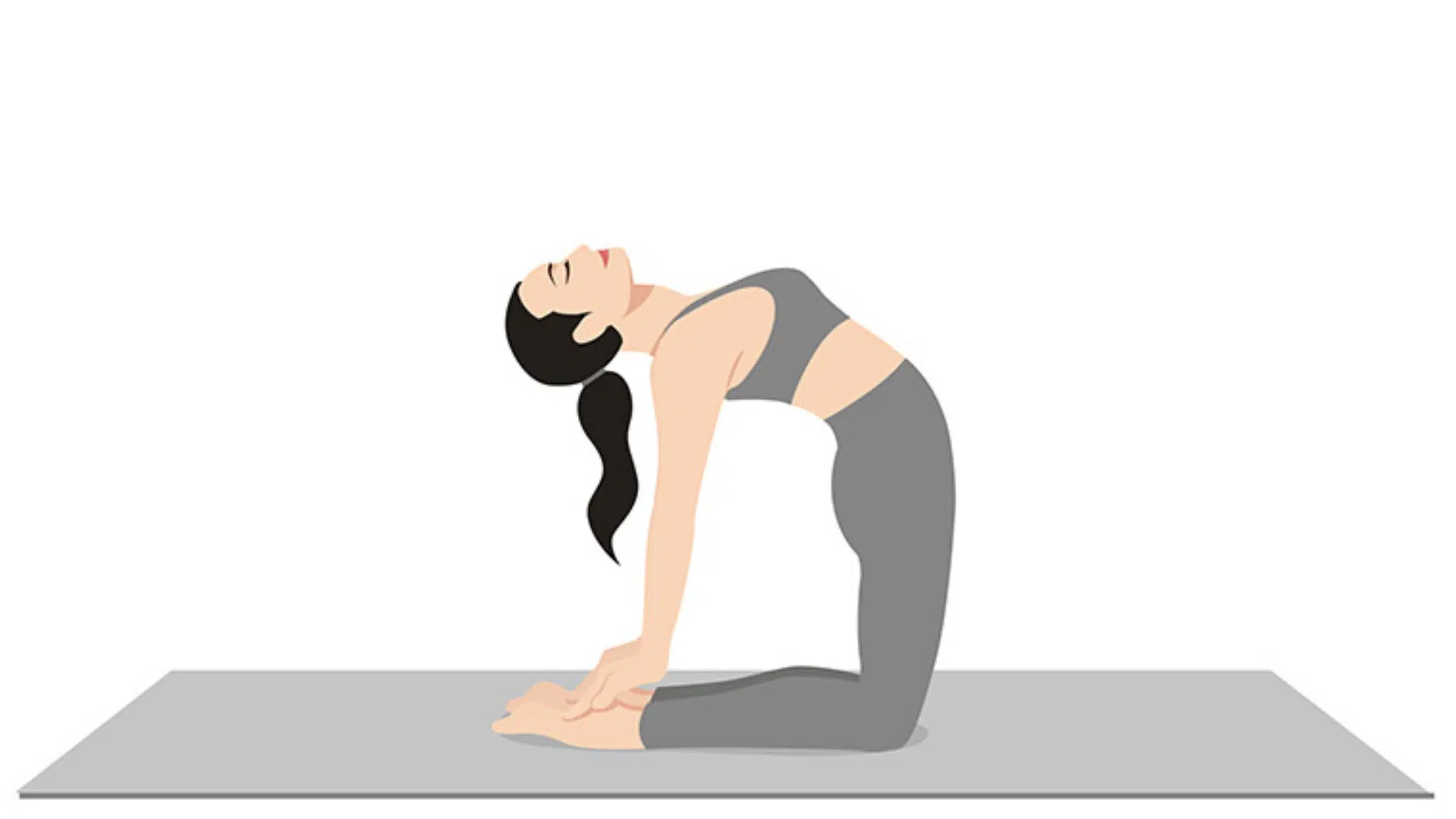

Bend your knees, place your feet flat, and lift your hips gently. Keep your throat soft and open.
Use a block under your sacrum for support if needed. Breathe evenly as you stretch the front of your body and open your vocal space.
Transition: Hug knees to chest, then lower legs flat on the mat.
Cooling & Integration (5–7 minutes)
Allow the body and energy to settle. These final poses calm the nervous system and seal your practice.
9. Reclined Twist 3 breaths on the each side
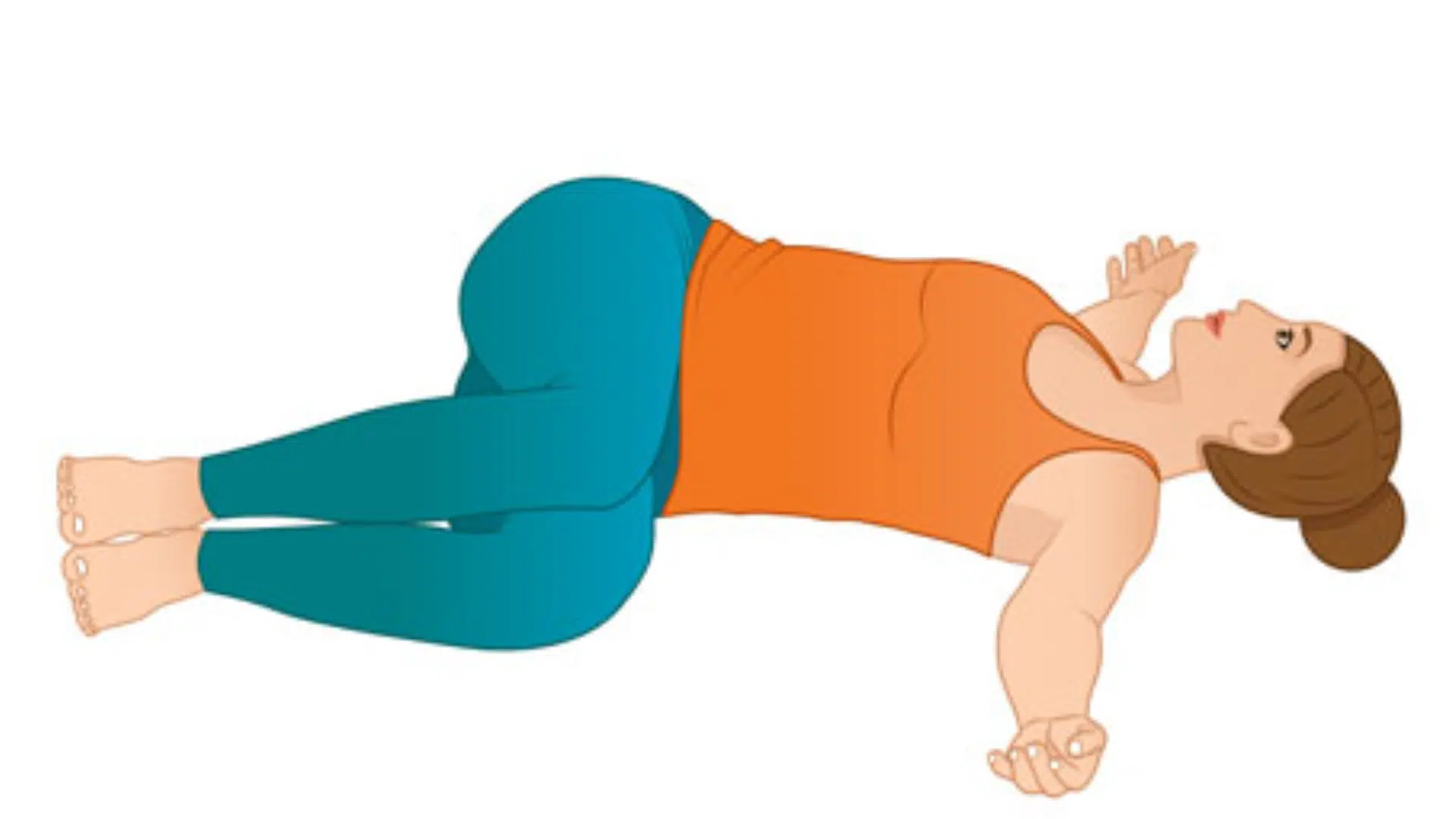

Lying on your back, draw your knees to your chest and drop them gently to one side. Turn your head in the opposite direction if comfortable.
This twist resets the spine and helps settle the breath. Hold each side with calm breathing before returning to the center.
10. Caterpillar Pose Hold for 1–2 minutes
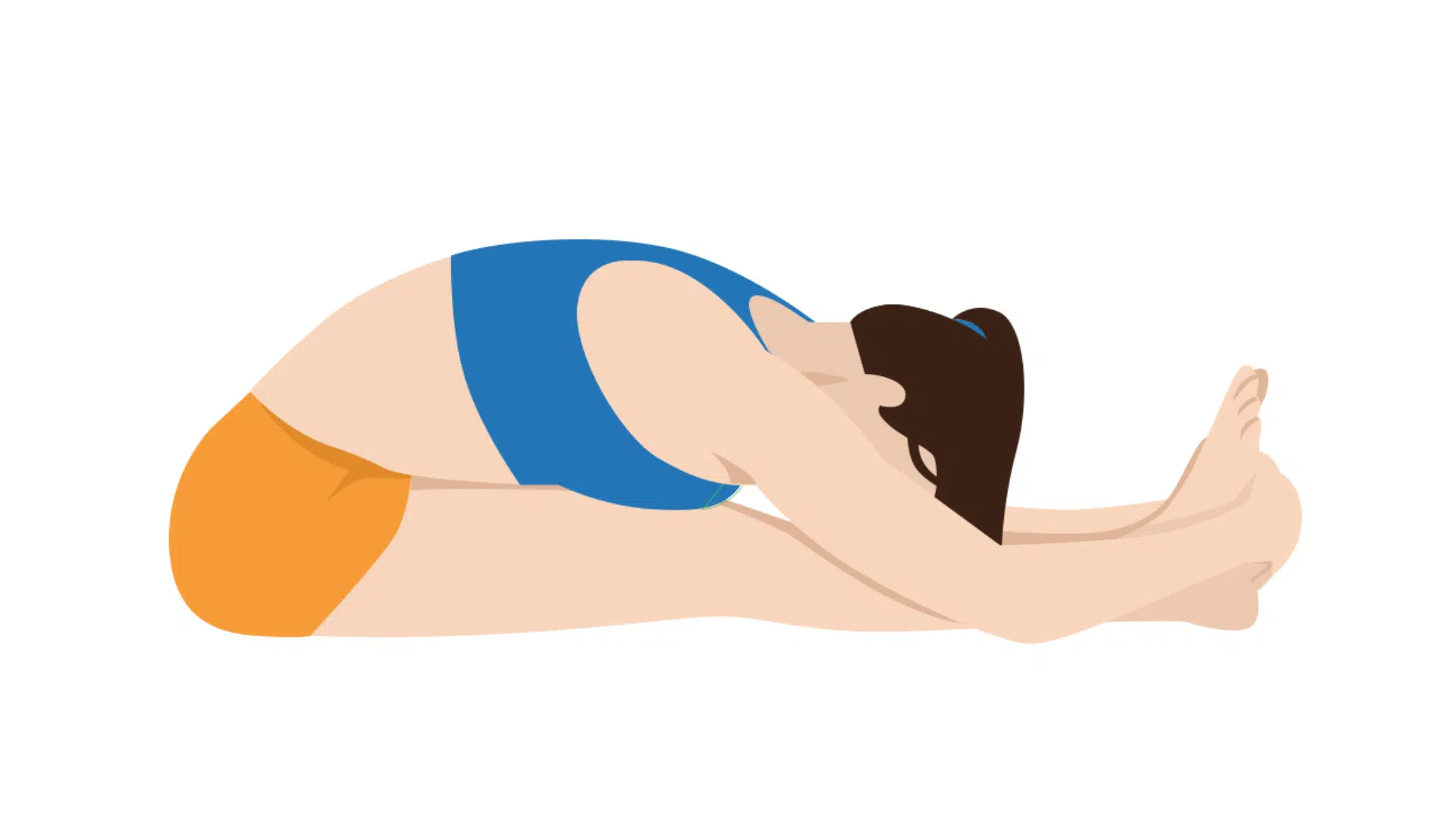

Sit with legs stretched forward and fold over them gently. Let your back and neck round naturally.
Focus on releasing any tightness at the base of the skull and along the spine. Stay soft and relaxed as your breath slows.
11. Savasana with HAM Mantra 2–3 minutes


Lie flat, close your eyes, and take a few quiet breaths. As you exhale, softly chant “HAM” — the seed sound for the throat chakra.
Let the sound vibrate in your throat and chest. This moment of stillness allows the energy you built to settle and integrate fully.
Library with Chakra Benefits
Use this quick-reference guide to match each pose with its specific throat chakra benefit during your practice.
| Pose | Benefit |
|---|---|
| Lion’s Breath | Clears stuck emotion in the voice |
| Fish Pose | Opens the throat and stimulates the thyroid |
| Shoulderstand | Boosts circulation to the neck and throat glands |
| Plough Pose | Compresses the thyroid and creates a calming effect |
| Cat-Cow | Warms up the spine and voice channel |
| Sphinx or Cobra | Activates energy related to communication |
| Supported Bridge | Restores space in the throat gently |
Each pose supports healthy throat energy and expression. Use these as anchors in your flow or meditation prep.
The Role of the Throat Chakra in the Chakra System
Vishuddha, the throat chakra, is the fifth chakra in the body’s energy system.
It serves as the bridge between the heart chakra, which governs emotion and compassion, and the third eye chakra, which relates to intuition and inner vision.
When balanced, the throat chakra helps you express what you feel and know with honesty. It allows energy to move upward clearly. Understanding this connection supports more meaningful communication and inner alignment.
Visualize the chakra path as: Root → Sacral → Solar → Heart → Throat → Third Eye → Crown.
Throat Chakra Imbalance Signs
Recognizing the state of your throat chakra can help you adjust your practice and address emotional or physical signs early.
| Imbalance Type | Symptoms |
|---|---|
| Underactive | Shyness, sore throat, fear of speaking |
| Overactive | Gossiping, interrupting, and dominating dialogue |
| Balanced | Clear speech, active listening, confident voice |
When your throat chakra is balanced, you speak truthfully and listen with care. Imbalances can block healthy expression or cause overreaction.
Support Tools and Safe Practice Tips
Using the right props and pose modifications ensures your practice is both effective and safe, especially around the neck and shoulders.
- Use blocks, bolsters, or straps to support your back, neck, or legs during deeper poses or inversions.
- Modify inversions like Shoulderstand or Plough if you have neck issues, skip or use wall support to reduce pressure.
- Restorative options are best for fatigue or recovery days. Choose a supported Fish Pose or Bridge with a block for gentle stimulation.
- Avoid turning your head while in inversions to protect the cervical spine from unnecessary strain or injury.
- Listen to your body. If any pose creates discomfort in the throat or jaw, come out slowly and use a gentler variation.
Journaling Prompts for Voice Healing
After your throat chakra practice, journaling can help process emotional release and bring clarity to blocked expression. These prompts are designed to guide honest reflection and deepen your connection to your inner voice.
Take your time with each one, write freely without editing. You might find patterns, fears, or truths that need space to surface. Be gentle and curious as you explore what’s been held back. The goal isn’t perfection, it’s expression.
- What is something I’ve been afraid to say?
- Where do I feel tension when I speak?
- What would my truth sound like if I said it out loud?
Conclusion
If you’ve followed this flow or even just read through it, I hope you feel more connected to your voice and your body. These throat chakra yoga poses aren’t about perfection; they’re here to help you express what’s real, safely and clearly.
Keep listening to what your body says when you speak or stay quiet. One small shift in awareness can bring lasting change.
And if this helped even a little, you might enjoy learning about the other chakras too. Take your time, keep breathing, stay curious, and if you want more information like this so start reading my other blogs.


